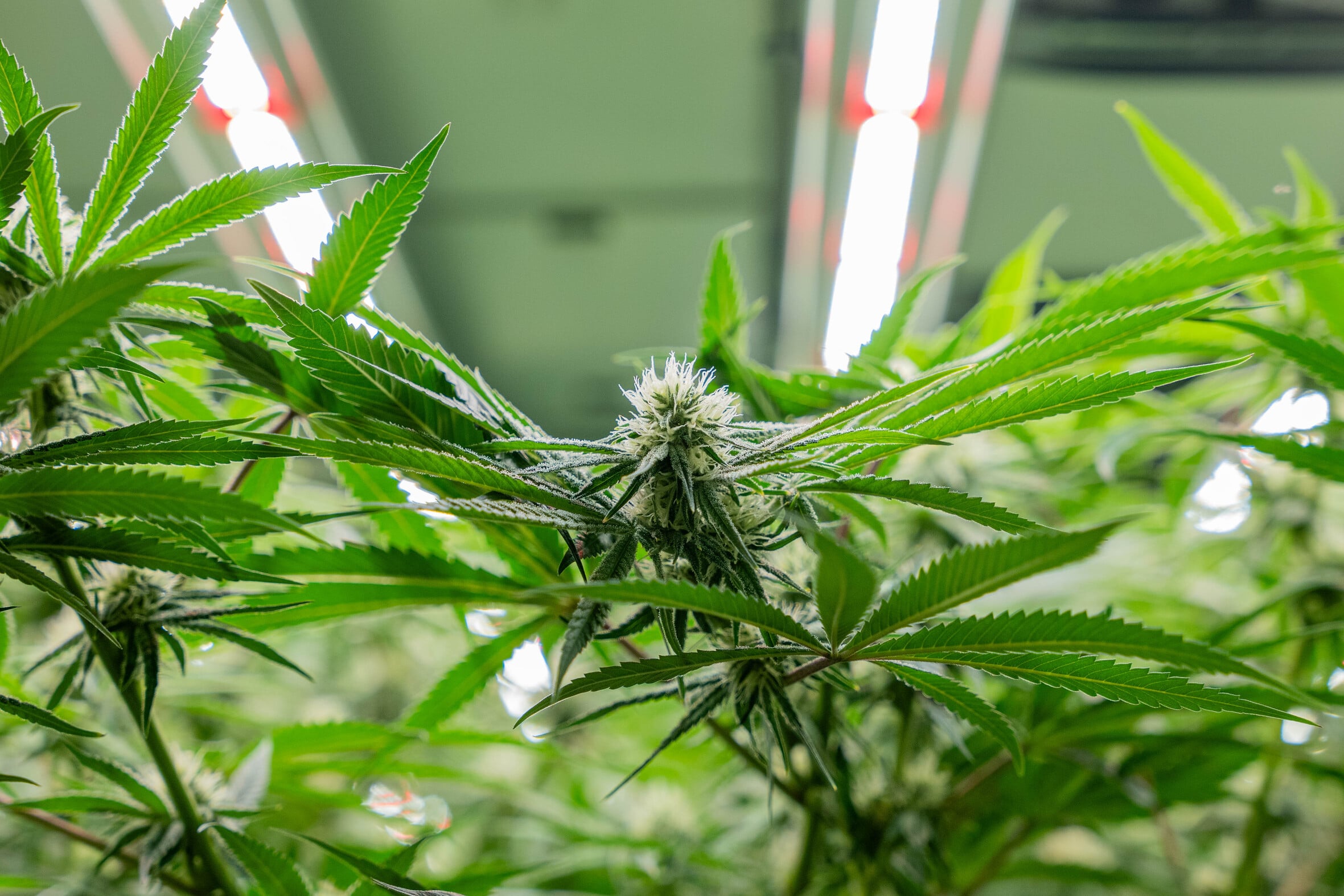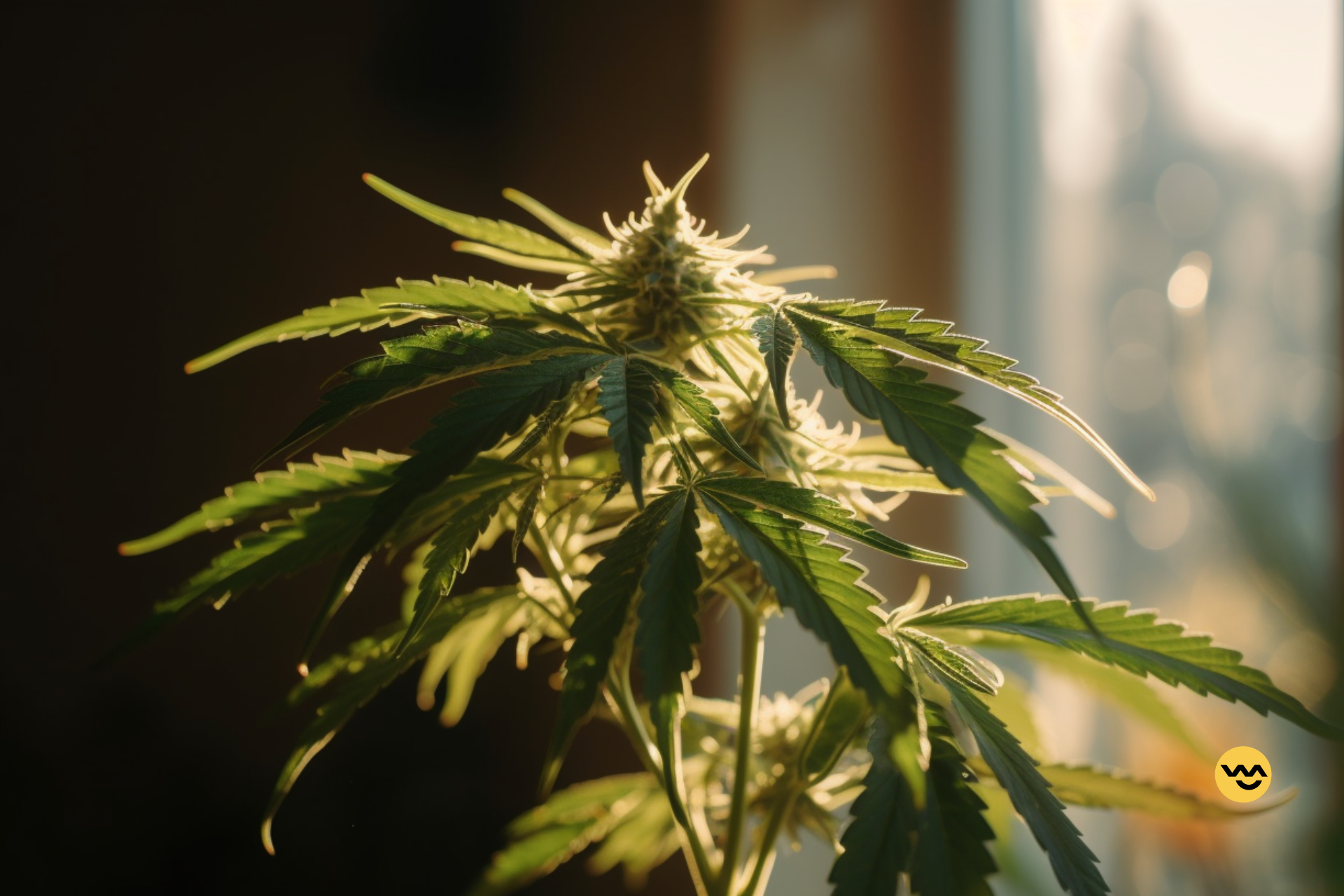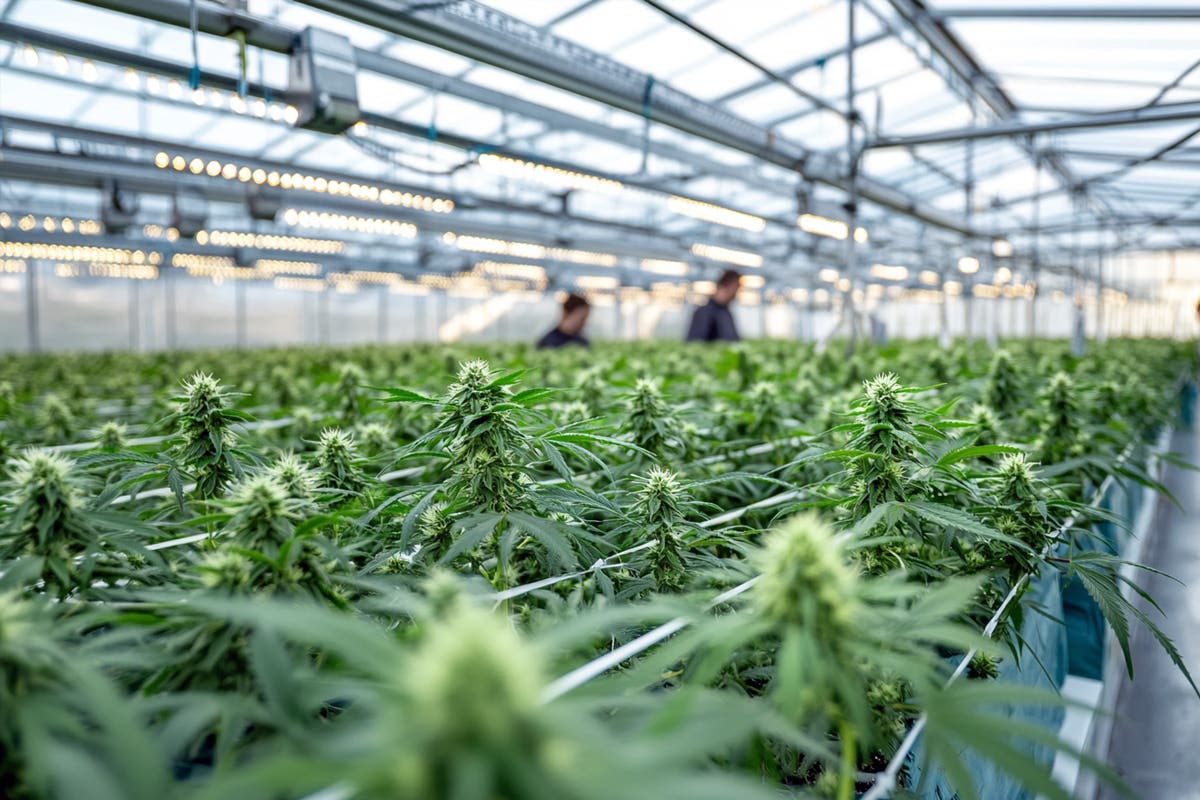Master Cannabis Cultivation: Practical Solutions for Growing Success

The Master Grower’s Journey: Stories, Shortcuts, and Breakthroughs in Cannabis Cultivation
They say the difference between the harvest you imagine and the jar you finally fill is a string of ordinary days: lights flickering on before dawn, damp soil under your nails, a masked scent of skunk clinging in secret to your shirt. But the real story—ask any seasoned grower—is written in a series of late-night “uh-oh” moments and experimental fixes no one ever finds in an instruction manual.

Table of Contents
- Roots of Mastery: My First Crop Disaster
- Mapping Out Your Grow—Like Building a Secret Lab
- Seed Selection Secrets and Clone Cautions
- The Three-Grower’s Law: Why Most Fail Early (And How to Cheat the Odds)
- Lighting, Air, Water: Beyond the Charts
- Shortcuts They Don’t Tell You Until Year Five
- Plant Training Techniques for Quick Wins and Big Yields
- Automation Hacks: From Hobbyist Hassle to Pro-Level Ease
- Disaster Diaries: Dodged Bullets & Make-or-Break Fixes
- Harvest Rituals—Senses, Timing, and True Curing Wisdom
- Continuous Mastery: Data Tricks, Peer Learning, & Next Steps
1. Roots of Mastery: My First Crop Disaster
Let me tell you about 2017—the summer I tried to turn my garage into a cannabis micro-farm with little more than YouTube bravado and an Amazon Prime account.
Picture it: two feminized Blue Dream seedlings stretching triumphantly under borrowed T5 fluorescents hung with zip ties—until two weeks later when all I had were yellowed stems half-drowned by kindness (aka overwatering) and “nutrient burn” that crisped the edges like autumn leaves doused in torch fuel.
I paced that sticky floor for hours before Googling “why are my cannabis plants dying?” for the tenth time... right after ordering a pH meter at midnight.
I kept at it only because my friend Daisy—a nurse who’d run three apartment tent grows—called me out:
“If you don’t monitor pH or air… might as well plant tomatoes,” she laughed over speakerphone.
“But do tomatoes make your heart pound when you open the tent?” I shot back.
That first summer cost me $300 (“starter kit deal!”), ten weeks of hope—and taught me every shortcut listed below.
2. Mapping Out Your Grow—Like Building a Secret Lab
A lesson from year two:
Never begin without mapping out your exact limitations AND motivations.
It saves months—and more money than you'd think.
Your Intake Assessment:
- Why are you growing? Hobby fun? Saving on dispensary flower? Need custom-medical strains?
- How much do you really need? Two jars per month can be managed stealthily; four pounds/year means commitment.
- What will sabotage you first? Neighbors? Climate shifts? Budget or schedule?
I learned this after recalculating yield needs three times mid-grow—instead of prepping for 12oz/year upfront.
Resulting System:
Every autumn now starts with notebook sketches—measurements down to plug placements—and pinboard timelines set next to last year’s mistakes scrawled in red marker (“Don’t forget to flush filter lines again!”). It looks less like Pinterest, more like an air traffic controller’s war room.
3. Seed Selection Secrets and Clone Cautions
Back when Kush autoflowers first hit Reddit hype cycles (2018?), I bought bargain seeds advertised as “99% germination.” Only four out of ten cracked open—half showed nanners (hermaphrodite flowers). Lesson burned into my brain:
Good genetics save MONTHS; bad ones create chaos no magic fix can reverse.
Shortcuts Only Seasoned Growers Admit:
- Always order feminized, photoperiod seeds from breeders with multi-year reputations (Mephisto/ILGM/Seedsman).
- For clones: Quarantine EVERY cutting for seven days—inspect daily under jeweler’s loupe for thrips or mildew cobwebs.
- Pro Move: Join local breeder meet-ups—the best clone cuts rarely hit mainstream shops but float through handshakes at these events.
Unexpected Twist:
Ruderalis (“autoflower”) genes mean some plants will flower on their timetable—even under 24-hours light—and never get bigger than knee-high whatever nutrients or training you give them!
4. The Three-Grower’s Law: Why Most Fail Early (And How to Cheat the Odds)
There’s this hard truth among old timers: Over half new growers disappear after three crop failures (“three strikes”). Usually they…
- drown roots in soggy soil or dry them out,
- misread spotting as nutrient deficiency not pH lockout,
- use $30 ‘grow bulbs’ barely bright enough for cress,
…and walk away muttering about how “weed just isn’t that easy.”
Here’s how I rewrote that equation:
Shortcut #1 – Pot Lifting
Skip moisture meters! Lift your pot right after watering—it’ll feel heavy as a bowling ball; wait til it gets feather-light before next drench.
This alone prevented my root rot epidemic cycle five.
Shortcut #2 – Print Out pH Reference Ranges
Tape them next to your water jug AND nutrient mixing station; test everything until spotting issues feels intuitive.
Shortcut #3 – Cheap Instrument Pro Hack
Buy TWO digital pH pens ($30 each) instead of one fancy meter so if one fails suddenly during flower week eight, disaster won’t strike unchecked.
5. Lighting, Airflow, Water: Beyond the Charts
You’ll find lighting schedules everywhere—but nuance only comes from lived experiment:
Reality Check: Most LEDs advertised sub-$100 don’t cut it past seedling stage.
In my experience:
- Spider Farmer SF1000 pulls impressive density from less than 120 true watts—$159 saved three costly ‘upgrades’ later.
- Hang lights with adjustable rope ratchets; start high (~30 inches above canopy), drop an inch weekly until leaf tops faintly warm by touch when lights are on full blast—not hot enough to sting skin after five seconds.
Soundtrack tip straight from my own space:
Clicking fan blades at midnight means humidity is climbing too quickly—I sleep better after adding silent clip-on Vivosun fans aimed at stalk bases rather than inferno-level canopy jets.
Precision Matters With Water Too:
Reverse osmosis water was my game-changer when city tap water (+ppm readings north of 350!) stunted lemon-skunk phenos by week four every grow—even with cal-mag supplements added later.
6. Shortcuts They Don’t Tell You Until Year Five
Not all tips show up on online forums:
Keep cocoa coir bricks stashed as emergency medium—saves sick seedlings if fungus gnats invade your usual mix mid-run.

Use plastic laundry baskets turned horizontal as cheap SCROG frames—you can string netting tight without costly SCRoG kits ($3 hack vs $60+ commercial).
For keeping odors buried deep during stealth grows:
Layer carbon filter AND ONA gel inside sealed bathroom exhaust tubes—a trick borrowed straight from Canadian basement ops circa legalization year.
“Failed first attempt” wisdom:
By crop #2 I thought topping once was plenty… until lateral branches overtook vertical colas worse than Medusa on caffeine.
Now I lollipop undergrowth religiously before day ten flower and screen main arms sideways by default (not “optional”) which doubled yield per sq ft overnight.
7. Plant Training Techniques for Quick Wins and Big Yields
Epic Transformation Case Study:
Three harvests ago (“the Great GSC Rebellion”), early Low Stress Training plus FIMming did what adding another LED never could—the canopy carpeted green while neighbors’ tents straggled skyward single-file.
My Routine:
LST Timeline:
Day 10 veg — stake main stem sideways w/soft plant tie; guide uppermost branches outward every other day;
At node five — FIM tip once—not full topping—for broader cola cluster;
Day two flowering — install basic plastic tomato cage ring halfway up main stem = prevents awkward lean-and-break drama six weeks later;
Yield stats tracked—not imagined—in excel sheet show +28% avg dry weight vs previous upright run on same wattage!
Dialogue Bit:
Walking buddy Sasha through this over FaceTime as her purple punch sagged onto itself:
Me: “Tie those leaders flat now! Even tension both sides!”
Sasha (skeptical): "Isn’t that risky?"
Me: "Once they’re doubled over—you’ll never go back."
She didn't—and harvested her thickest colas yet.

8. Automation Hacks: From Hobbyist Hassle to Pro-Level Ease
Early grows meant setting phone alarms every six hours just to flip light switches... pure madness come week nine flower when sleep counts double.
My jump into automation started cheap:
WiFi plugs + mechanical ink timers (<$40/setup)—never missed another dusk/dawn switch again;
Years later? Inkbird environmental controllers ($65 each) orchestrate extraction fans/humidity sensors so RH never spikes past preset limits—even when rainstorms blow humidity through neighborhood windows overnight.
Maison's greenhouse story rings true—I cut downtime visits by half after remote-access upgrades.
Advanced Efficiency Moves:
- Set up Google Sheets tracking logs daily until error patterns emerge (iOS/Android apps work too);
- Invest spare funds into secondary backup relays not bulkier gadgets—a second $60 temp/humidity failover did what doubling exhaust fans never could during last summer's heatwave blitz;
9. Disaster Diaries–Dodged Bullets & Make-or-Break Fixes
Cultivation doesn’t forgive complacency—but rewards sharp recovery moves:
Bullet #1 – Sudden Aphid Plague!
I brought in herbs from outside mid-May. By week two they crawled everywhere—
Soap/dish spray + free-range ladybugs won out faster than chemical sticks;
now ALL arrivals get isolated outdoors under mesh lids first week every time.
Bullet #2 – Dreaded Mold Bloat Before Harvest
Humidity spike blindsided me after three rainy days windows shut tight;
Chopped away all infected sites immediately (“lollipopped” everything)
then jammed dehumidifier rental into space overnight—
Saved rest of batch; nothing else worked that season.
10. Harvest Rituals–Senses Over Science
You know harvest is close not just by trichome color but by smell thickening enough that even dogs pause curiously at doorways;
Best trick learned in-person at Emerald Triangle festival booth—
Snap test stems lengthwise after drying-hangout period; should split cleanly with faint crackle, never rubbery bend—
THAT’S full cure readiness.
The curing jar game becomes meditative—the click-pop burp followed by grassy air swirling away replaced by syrupy sweet undertones;
Three-weeks minimum or flavor stays cut grass forever.

11. Continuous Mastery–Data Tricks & New Frontiers
Last year alone new LED topologies appeared twice;
Every six months forum consensus changes
(yield king today–burn victim tomorrow).
So here’s how veterans keep moving forward:
1. Journal every detail for yourself: log feedings/light heights/watering intervals/yields/losses–next round always improves versus guesswork; saves hundreds per run over years.
2. Host side-by-side experiments per cycle: Split identical sibling clones between light spectrums/nute brands/pruning styles–find YOUR personal best recipe versus chasing influencer trends;
3. Stay embedded in local communities (Reddit subs work but regional Telegram groups even better) —learn real-time pest outbreaks/legal news literal days before trouble lands at YOUR grow!
Personal Touch Finale
My wall is tacked up not with awards but wrinkled post-it notes scrawled during late-night breakthroughs—and warnings scribbled fast before classic mistakes repeated twice;
“You haven’t failed until your medicine cabinet holds nothing but apology letters,” says Anna—the patient who beat fibromyalgia flareups thanks to our connected learning circle harvest.
A System Any Grower Can Own (and Evolve)
Here what separates masters from quitters is not luck—or money thrown at shiny gadgets—but systemized curiosity mixed with old-fashioned journaling grit:
Mark milestones,
experiment relentlessly,
connect openly,
stay humble—
and celebrate ANY steady progress—
That’s cultivation mastery that carries beyond jars or seasons—it rewrites nervous beginners into confident stewards holding history in their hands one lush cycle at a time.
Keep this bookmarked—or taped above your tent entrance—as both field manual and motivational sketchbook.
No matter where you start, one well-recorded adjustment brings abundance closer… until someday, someone asks you for secrets on how to grow greatness from seed or stem alike.
Have lessons or stories worth sharing?
Pull up a stool beside our ongoing campfire—the next generation will thank us all for making sure these living traditions are never lost!




